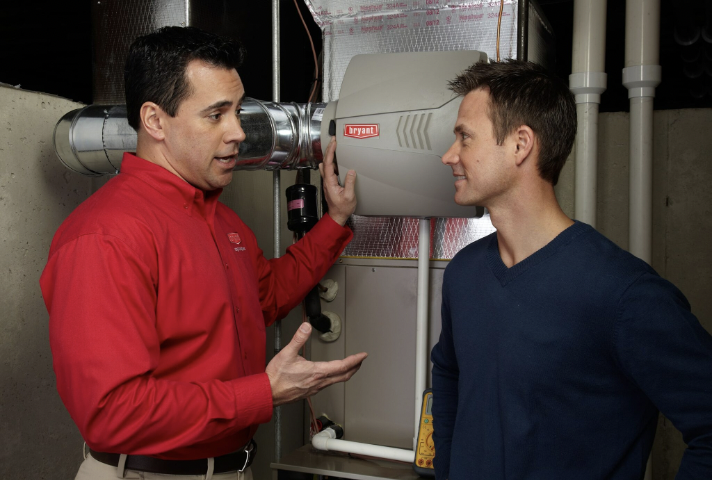Is Carbon Monoxide Leaking from Your Furnace?
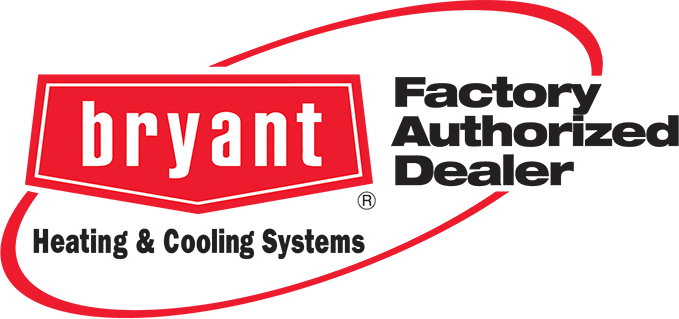
Carbon monoxide leaking from your furnace can be very dangerous and even deadly. If your furnace is not functioning properly, it can produce carbon monoxide (CO) and release it into your home. Recognizing the signs of a CO leak and taking steps to prevent them is crucial for the safety of you and your family. Click on each section to learn more.
- How Your Furnace Can Develop a Carbon Monoxide Leak
- What Are the Signs of Carbon Monoxide Leaking from Your Furnace
- Preventing Carbon Monoxide Leaks: A Guide to Safety
Contact Service 1st if you need your furnace inspected or maintained.
1. How Your Furnace Can Develop a Carbon Monoxide Leak

If your furnace malfunctions, it can produce CO (Carbon Monoxide) and release it into your home.
Carbon monoxide (CO) is a colourless, odourless gas that can be deadly. When a furnace malfunctions, it can produce CO and release it into your home. Here are some common ways a furnace can develop a CO leak:
Cracked Heat Exchanger
The heat exchanger is a metal component within your furnace that transfers heat from the combustion process to the air that circulates through your home. Over time, the repeated heating and cooling cycles make the walls of your furnace expand and contract.
Eventually , this movement can cause the heat exchanger to become brittle and crack. These cracks cause incomplete combustion. When this happens, CO can leak into your home.
Soot Buildup
Soot is a byproduct of incomplete combustion. If your furnace is not cleaned regularly, soot can build up on the heat exchanger and other components. This buildup can reduce the efficiency of the furnace and increase the risk of a CO leak.
Improper Venting
Your furnace’s venting system is designed to safely expel CO and other combustion byproducts outside. If the venting system is blocked or damaged, CO can be forced back into your home.
Fuel Issues
Problems with your fuel supply, such as low fuel pressure or a clogged fuel filter, can also lead to incomplete combustion and CO production.
Pilot Light Issues
In older furnaces with pilot lights, a weak or extinguished pilot light can cause incomplete combustion.
Age and Wear
As your furnace ages, it becomes more susceptible to problems that can lead to CO leaks. Regular maintenance can help prevent these issues.
Note: It’s important to note that even a small amount of CO can be dangerous. If you suspect a CO leak, it’s crucial to have your furnace inspected by a professional.
2. What Are the Signs of Carbon Monoxide Leaking From Your Furnace
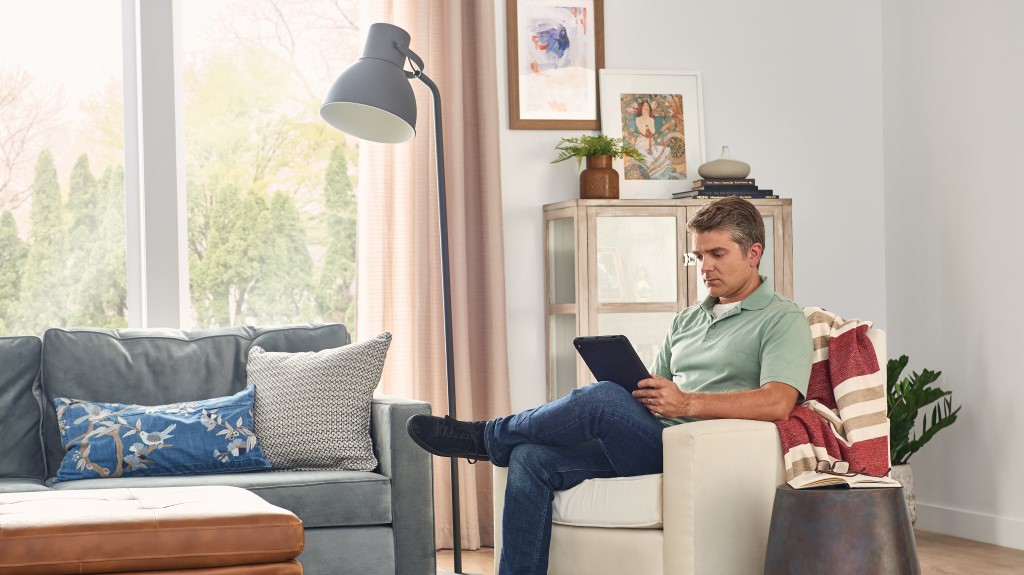
Carbon monoxide leaking can be difficult to detect.
Carbon monoxide (CO) can pose a serious health risk when present in indoor environments. While it may be difficult to detect directly, because you can’t see it or smell it, there are several symptoms and visual cues that can indicate that you have a CO leak.
Physical Signs of Carbon Monoxide Leaking
While carbon monoxide itself is hard to detect, there are several signs that can indicate a CO leak:
- Headache, fatigue, and nausea: One of the most common signs of CO poisoning is a headache that persists despite rest and medication. This headache can often be accompanied by fatigue and nausea, mimicking the symptoms of a flu-like illness. However, unlike the flu, these symptoms may linger or worsen over time.
- Dizziness and lightheadedness: In addition to headaches, dizziness and lightheadedness can also be indicators of CO exposure. CO reduces the oxygen levels in the blood, leading to these symptoms.
- Shortness of breath: Difficulty breathing, or shortness of breath, is another potential sign, as CO can interfere with the body’s ability to absorb oxygen.
- Chest pain or irregular heartbeat: CO can also have a significant impact on the cardiovascular system. Chest pain or irregular heartbeat can be symptoms of CO poisoning.
- Confusion and disorientation: CO can impair cognitive function, leading to confusion and disorientation.
- Vomiting: In severe cases, CO poisoning can even result in vomiting and loss of consciousness.
- Loss of consciousness: In severe cases, CO poisoning can lead to unconsciousness.
It’s important to note that these symptoms can be subtle and may be mistaken for other illnesses. If you experience any of these symptoms, especially when you’re indoors, it’s essential to seek medical attention immediately and have your home checked for CO.
Visual Signs of Carbon Monoxide Leaking
Beyond physical symptoms, there are also visual signs to watch for.
- Soot buildup: As mentioned, soot buildup on your furnace can indicate incomplete combustion, which is a common cause of CO leaks.
- Discoloured or rusted venting pipes: Discolored or rusted venting pipes can also signal a problem with the venting system.
- Dead or dying plants near your furnace: Additionally, if you notice dead or dying plants near your furnace, it could be a sign of CO exposure, as CO can be harmful to plants.
- A flickering or yellow flame in your furnace: Finally, pay attention to the flame in your furnace. A flickering or yellow flame can be a sign of incomplete combustion, which can lead to CO production.
If you notice any of these signs, it’s crucial to have your furnace inspected by a professional to determine if there is a CO leak.
3. Preventing Carbon Monoxide Leaks: A Guide to Safety

Carbon monoxide leaking is a “silent killer” that needs to be taken seriously.
Carbon monoxide (CO) is often referred to as the “silent killer,” because it has not colour or odour. Exposure to CO can lead to a range of health issues, including severe headaches, dizziness, nausea, vomiting, and even loss of consciousness. In severe cases, CO poisoning can be fatal.
To protect yourself and your family from the dangers of CO, it’s essential to take preventative measures:
A) Schedule Regular Furnace Maintenance
One of the most effective ways to prevent CO leaks is to have your furnace inspected annually by a qualified technician. During routine maintenance, technicians will check for cracks in the heat exchanger, which can be a major source of CO leaks. They will also inspect the venting system to ensure it is functioning properly.
B) Keep Air Filters Clean
A dirty or clogged air filter can restrict airflow through your furnace, leading to inefficient combustion and potentially increasing the risk of CO production. Regularly cleaning or replacing your air filters can help maintain optimal airflow and reduce the risk of CO leaks.
Signs That Your Furnace Filter Needs Replacing:
- Reduced airflow: Noticeably decreased heat output or airflow from your vents can be a sign of a clogged filter.
- Increased energy bills: A dirty filter can make your furnace work harder, leading to higher energy consumption.
- Musty odours: A clogged filter can trap dust, pollen, and other allergens, which can lead to musty odours in your home.
- Difficulty breathing: If you or someone in your home has allergies or respiratory issues, a dirty filter can exacerbate these problems.
How to Replace Your Furnace Filter:
- Locate the filter: The filter is typically located in the return air duct, which is usually near the furnace. Consult your furnace manual for the exact location.
- Turn off the furnace: Before replacing the filter, turn off the furnace at the thermostat and disconnect the power supply.
- Remove the old filter: Gently pull the old filter out of the frame.
- Inspect the filter: Examine the filter for dirt, dust, and debris. If it’s heavily soiled, it’s time for a replacement.
- Insert the new filter: Align the new filter with the arrows on the frame and slide it into place. Ensure it fits snugly.
- Replace the cover: If applicable, replace the cover over the filter compartment.
- Turn on the furnace: Once the filter is replaced, turn the furnace back on and check for proper airflow.

Filter Replacement Frequency:
The frequency of filter replacement depends on several factors, including the type of filter, the size of your home, and the number of people living there. Generally, pleated filters should be replaced every 3-6 months, while fibreglass filters may need to be replaced more frequently. If you have pets or live in a dusty area, you may need to change your filter even more often.
By following these steps and regularly replacing your furnace filter, you can help ensure the efficient and safe operation of your heating system.
C) Install a Carbon Monoxide Detector
Even with regular maintenance and clean air filters, there is always a risk of CO leaks. That’s why it’s crucial to install a carbon monoxide detector in your home. These devices are designed to detect CO levels and sound an alarm if they reach dangerous levels.
Choosing a CO Detector:
- Certification: Look for detectors certified by organizations like Underwriters Laboratories (UL) or the International Association for Indoor Air Quality and Climate (IAQ).
- Battery life: Choose a detector with a long battery life and a low-battery warning. Consider models that can be powered by both batteries and AC.
- Alarm volume: Ensure the alarm is loud enough to be heard from any room in your home.
- Digital display: Some detectors have digital displays that show the CO level, which can be helpful for monitoring exposure.
- Self-diagnostic features: Look for detectors with self-diagnostic features that test the unit and signal any malfunctions.
Where to Install a CO Detector:
- Bedrooms: Install detectors in each bedroom, as CO can accumulate while sleeping.
- Living areas: Place detectors in common areas like living rooms, family rooms, and kitchens.
- Near combustion appliances: Install detectors near sources of CO, such as furnaces, gas stoves, and fireplaces.
- Avoid certain locations: Don’t install detectors near open flames, air vents, or areas with high humidity.
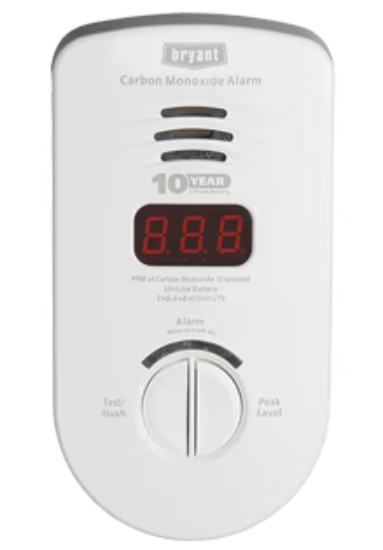
Additional Tips:
- Test regularly: Test your CO detector monthly to ensure it’s working properly.
- Replace batteries: Replace batteries according to the manufacturer’s recommendations.
- Consider additional detectors: If you have a large home or multiple levels, consider installing additional detectors.
By following these guidelines, you can choose and install a CO detector that will effectively protect your family from the dangers of carbon monoxide poisoning.
Trust the Experts at Service 1st To Look After Your Home Heating and Cooling Needs
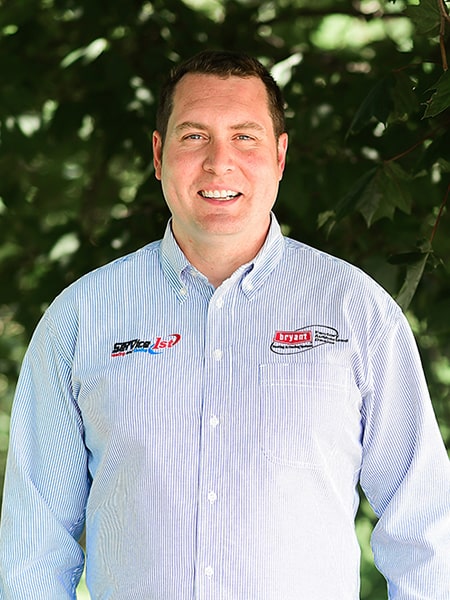

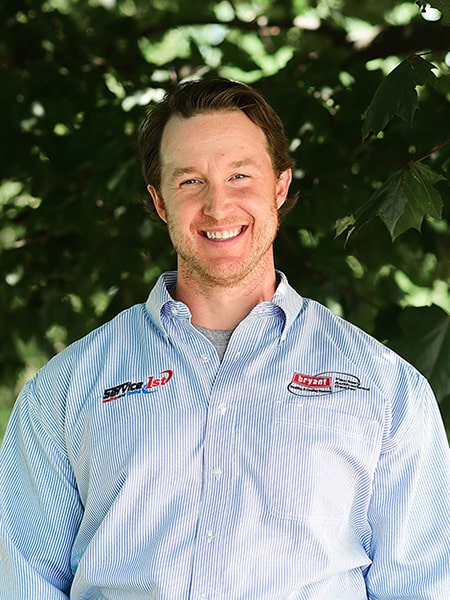
If you are looking for the best home heating and cooling experts in the Cambridge region, talk to the experienced team of HVAC professionals at Service 1st. We value professionalism, honesty, and quality work. All of our technicians are highly trained and respectful of our clients’ homes. Whether you need maintenance, repairs, or HVAC replacements, we can help.
We have been serving homeowners in Cambridge and the surrounding areas for over 30 years and have a proven record of excellence. Whether it’s time to replace your air conditioner now or you want to learn more about what unit to buy in the future, we can help.
We are a locally owned and operated business that prides itself on the highest quality work and installation of the highest quality products. We have received the prestigious Circle of Champions award from Bryant – an honour that highlights our commitment to quality, leadership, and excellence in the HVAC industry. We are an Elite Bryant Factory Authorized Dealer and offer our customers the highest quality products and services.



What Our Customers Are Saying...
“Chris was absolutely amazing!! He took the time to explain exactly what my issue was with my furnace. Very knowledgeable and very patient in his explanations. Service 1st you have a valuable team player. Will definitely recommend Service 1st to family and Friends!! I found all service technicians very informative and very professional. I had the ducts in my house cleaned, my gas fireplace tuned up and a whole new furnace and heat pump installed. I would highly recommend Service 1st!!”
